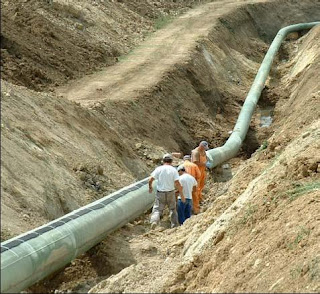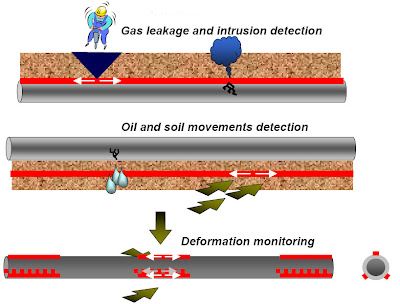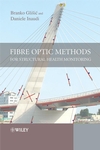 The Bolshoj Moskvoretsky Bridge over the Moskva-river was built in 1936-37 by a famous Soviet architect, A. Shjusev. It is situated in the historical centre of Moscow, next to the Kremlin, and leads one of the main traffic lines of the city to the Red Square. The bridge has a status of “functioning architectural heritage” protected by the state.
The Bolshoj Moskvoretsky Bridge over the Moskva-river was built in 1936-37 by a famous Soviet architect, A. Shjusev. It is situated in the historical centre of Moscow, next to the Kremlin, and leads one of the main traffic lines of the city to the Red Square. The bridge has a status of “functioning architectural heritage” protected by the state.The bridge has been in strumented with fiber optic sensors with the aim of increasing the knowledge concerning structural behavior and help preserve this historic landmark.
Standard SOFO sensors have been installed to continuously monitor average strain along the arch, curvature in both horizontal and vertical direction. Thermocouples have been installed to distinguish thermal influences.
More details can be found in this case study and this paper




 g systems can be used for distributed measurements of both strain and temperature over extremely long distances, limiting the number of instruments that are necessary to monitor a long pipeline.
g systems can be used for distributed measurements of both strain and temperature over extremely long distances, limiting the number of instruments that are necessary to monitor a long pipeline.




